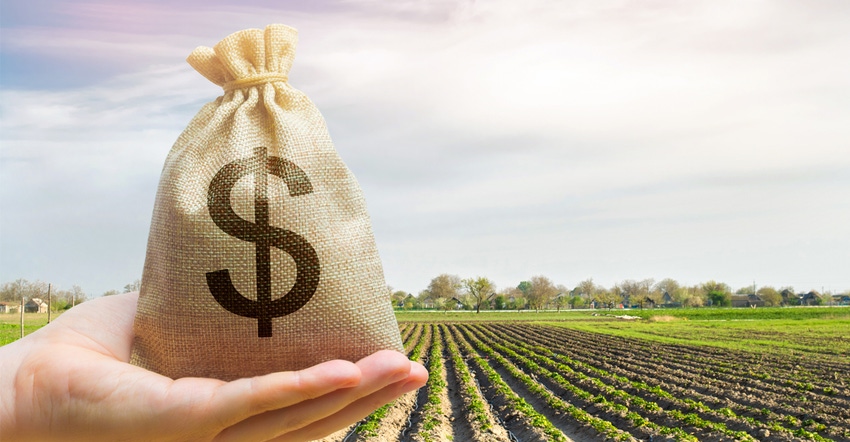September 14, 2021

If anything was learned in the last 18 months, it was to plan ahead and to plan for change. As producers, we may have been better prepared as the agriculture world is always throwing curveballs our way. With year-end around the corner and all that 2021 has thrown at us, conversations are being had with clients about tax planning and what to do.
Speaking of 2021, we should recognize that drought will have a negative cash-flow effect in some of our areas. Other parts of our area have taken advantage of good yields, increased commodity prices and, in all, a cash flow year that hasn’t been seen in a while. All of this may lead to some year-end tax planning with topics of prepays, capital purchases and depreciation.
The benefit of utilizing prepaids over capital purchases at year-end is that you are maintaining your working capital. As the cash may no longer be in your checkbook, it is still a cash asset, and we are adjusting where we placed that money on the balance sheet. We all know that a new piece of machinery looks and feels better than stocking up on inputs and supplies, but taking advantage of locking in some of those rising costs of inputs and the guarantee of inputs, may be more important to your operation.
Understand IRS requirements
It is important to understand the IRS rules and requirements you must meet to be permitted to deduct the purchase of farm supplies during the current tax year that will be consumed in the following tax year. Here are those requirements:
1. Actual purchase vs. deposit. The expenditure must be an actual purchase and not a deposit to purchase the supply in the future. An expenditure is considered a valid purchase if there is a binding commitment to accept the delivery of the farm supplies at a fixed price. To meet this requirement, the farmer must obtain a detailed invoice or receipt that specifies a description of the goods, quantity purchased, unit price and the total amount of the purchase.
2. Legitimate business purpose. The expenditure must have a business purpose other than tax avoidance. As producers, we usually prepay to secure adequate quantities, obtain discounts and hedge the expectation of rising prices. All these reasons provide a business purpose for prepaying.
3. No income distortion. The purchase of prepaid farm supplies must not materially distort income. To determine if a producer meets this requirement, it is important to consider:
relationship between quantity of supplies purchased and quantity to be used
amount expended in relation to the total income for the year
timing of the purchase
amount purchased in comparison to past purchases
None of us know what the future holds, or what next year’s market changes might mean to either our income or expenses. Prioritizing prepays at year-end usually has a positive return on investment in more than one way, while providing balance sheet working capital for financial strength to your farm and some security for the future. Be sure to have up-to-date farm records for your accountant to do a year-end estimate and look at prioritizing prepays at year-end over those capital purchases.
Hoffman is a farm management instructor at North Dakota State College of Science and with the North Dakota Farm Management Education Program. Visit ndfarmmanagement.com.
Read more about:
TaxesYou May Also Like




